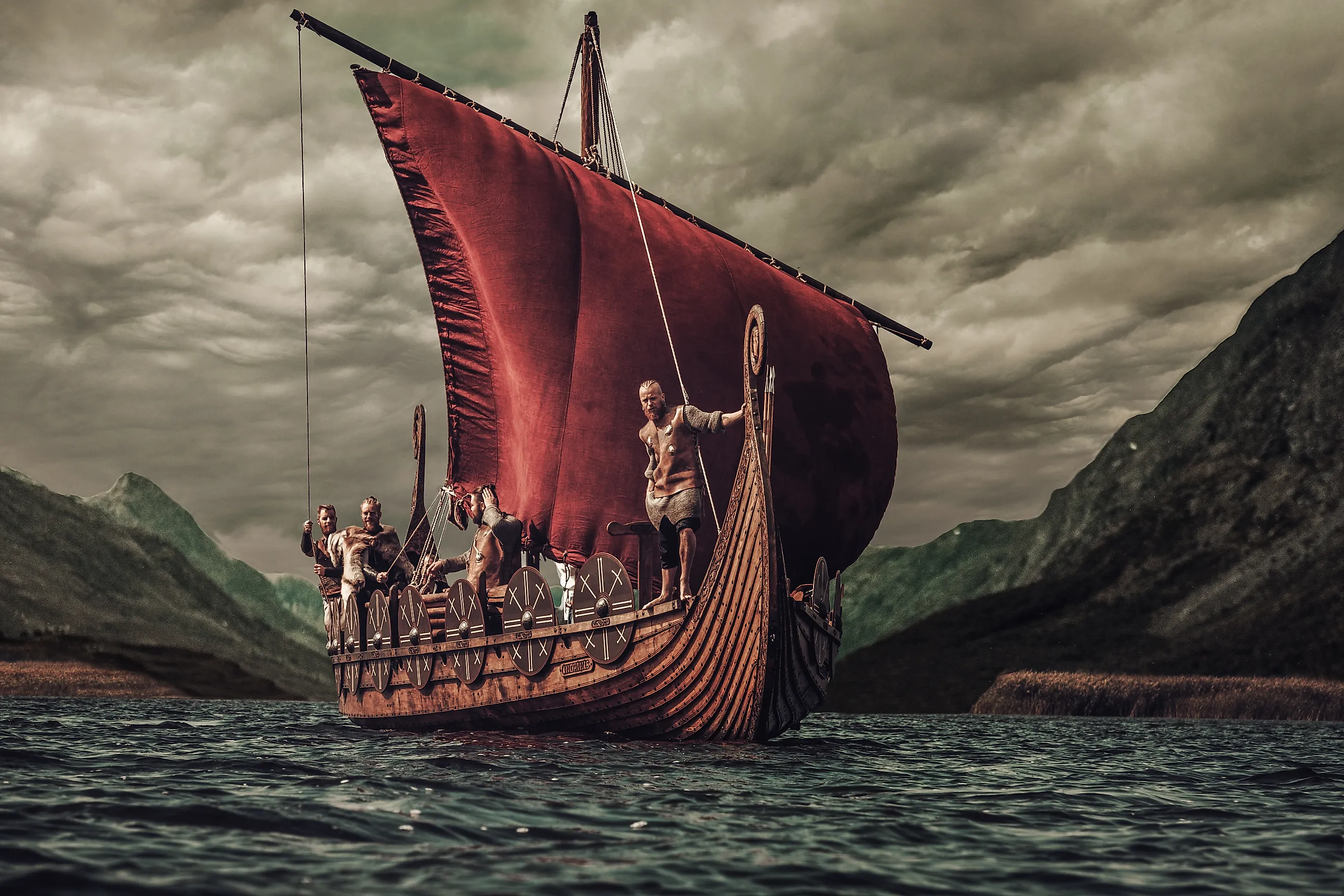
The Viking Age
Setting sail from Scandinavia in the late 8th century, the people we would later call the Vikings (or Norsemen) changed the course of European history forever. Whether it was merciless conquest, far-reaching trade networks, or ambitious exploration, the Vikings had a diverse impact on the world around them. The actions of these people would shape countless languages, cultures, and nations. So who were they?
The Viking Age (793-1066 CE)
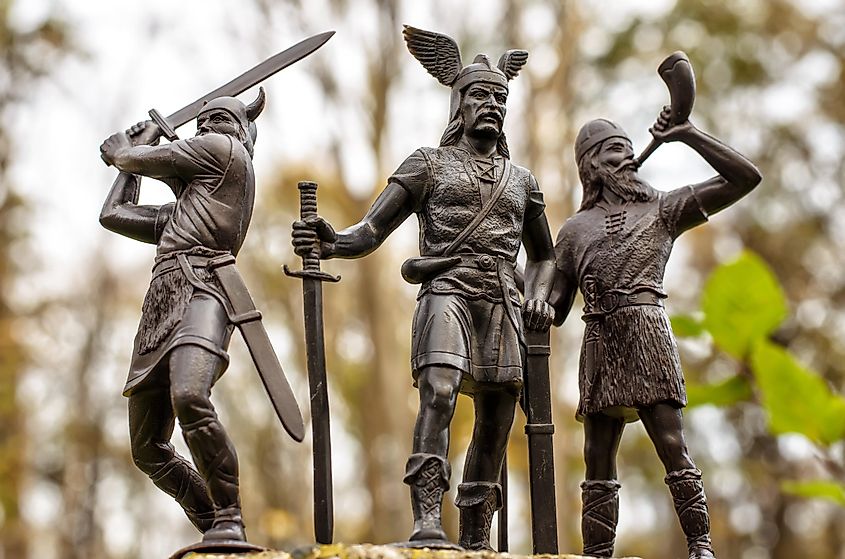
The stereotype of a Viking is usually that of a bloodthirsty brute hellbent on the destruction of the civilized world. While this image is often exaggerated to the point of parody in modern television and film, this over-the-top representation is still based on some truth.
The Vikings did not keep records like the Christian kingdoms of Dark Ages Europe. So, we do not really have a good idea of how the Vikings viewed themselves or the many peoples with whom they came in contact. The only surviving historical records are mainly written by the people who were often victimized by Viking raids and invasions. As you can imagine, these Medieval chroniclers' opinions of the Vikings are far from favorable.
The first recorded Viking raid occurred on Lindisfarne island in modern-day England. Lindisfarne was home to an isolated monastery filled with a small population of monks and townsfolk. Churches and other religious buildings at that time would have been among the few places where wealth and valuables would have been stored. An island filled with riches, being defended by unarmed monks and peasants, meaning that just about anyone could have come and taken what they wanted. And that is exactly what the Vikings did in 793 AD. Much of the remote settlement was destroyed, and its population was either killed in the raid or enslaved.
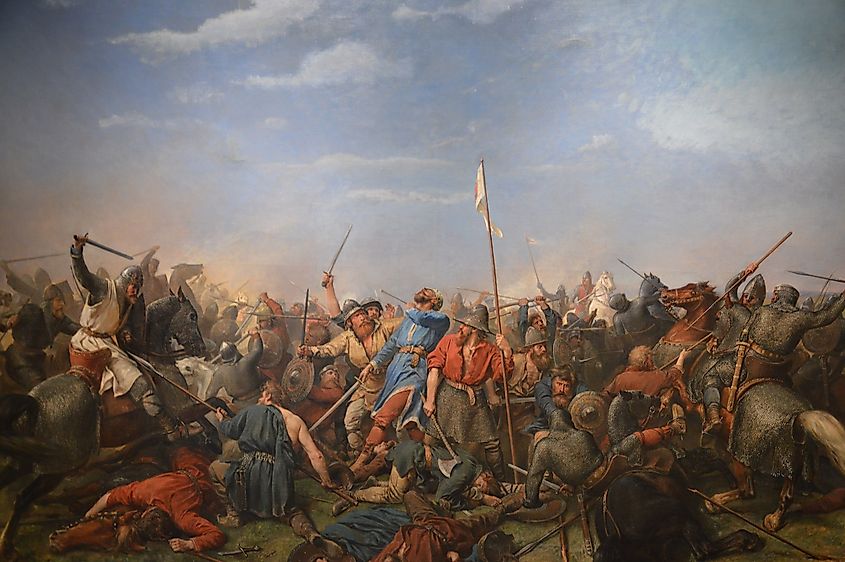
The massacre at Lindisfarne would only spell the beginning of Viking involvement in the British Isles. Viking raids increased in volume and ferocity, culminating in a total invasion of Northumbria in 865 AD by the infamous Ivar the Boneless. Viking territory would exist one way or another in England for the next 200 years until the last remnants of a Viking threat were destroyed at the Battle of Stamford Bridge in 1066 AD.
Trade And Commerce In The Viking Age
Viking influence was much more than just mindless warfare and bloodlust. Trade was a crucial aspect of their life as well. Many trading settlements were set up across Northern Europe to access new markets. Their advanced shipbuilding skills allowed them to construct longships, which were fast, durable, and capable of navigating both open seas and shallow rivers. With this advantage, they could travel long distances and access a variety of trading partners. Viking merchants most often traded items such as furs, timber, and enslaved people.
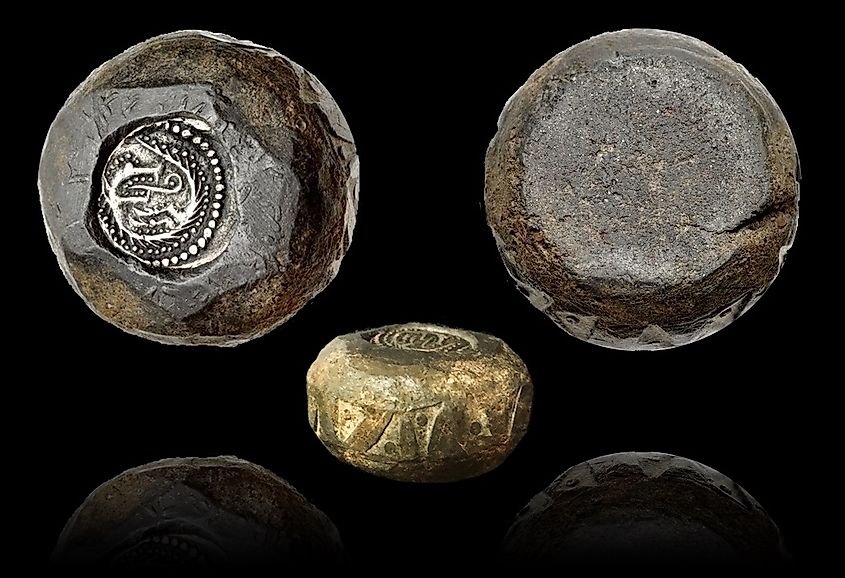
Cities such as Dublin, Novgorod, and Kyiv can all trace their origins back to Viking settlements. The Viking presence was so impactful in what is today Russia and Ukraine that they would lay the groundwork to create the early precursors to these nations in kingdoms like the Kievan Rus.
The Vikings did not stop in Europe either. Vikings traded as far as the Byzantine Empire in Greece and Turkey and even made contact with one of the many Muslim Caliphates in the Middle East. As a matter of fact, some of the best accounts of Viking life and culture come from the Arab explorer Ahmad Ibn Fadlan.
Early Pioneers Of Exploration
The seemingly endless quest of the Vikings for new lands to raid and trade led them to become the early pioneers of European exploration. The sailing expertise of the Vikings allowed them to sail past Ireland and stumble upon Iceland and, later, Greenland. Iceland was totally uninhabited when the Vikings first stumbled upon the island in the late 9th century. Iceland quickly grew into a distant outpost with no towns to plunder and no trading opportunities.
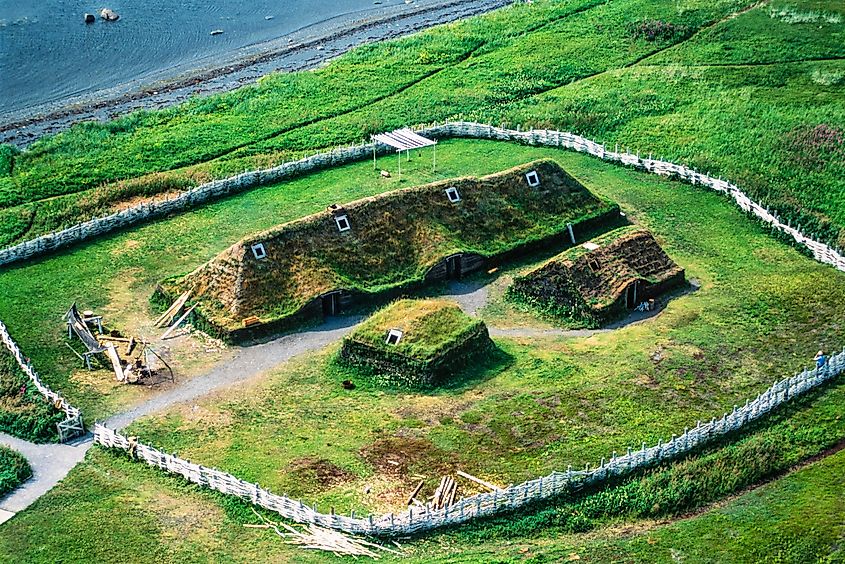
However, the most astounding achievement of Viking exploration is undoubtedly their settlement in North America. While the history is not entirely clear, historians do know for certain that the Vikings were the first Europeans in history to reach North America. Landing on the coast of what is today Newfoundland and Labrador, a Viking settlement was established around the year 1000 AD. More than 400 years before Christopher Columbus would make his monumental journey across the Atlantic Ocean. The settlement did not last long and was quickly abandoned for unknown reasons. But the fact that the Vikings were able to achieve this is nothing short of miraculous and a testament to their outstanding seamanship and determination.
Lasting Impact And Legacy
The legacy of the Vikings might be best remembered for how they shaped the world of Dark Age Europe. While the raids and invasions of Vikings were devastating, they forced kingdoms like France and England to unify and centralize. The constant external threat that the Vikings posed made a stronger, well-coordinated military and government a necessity rather than a burdensome inconvenience.
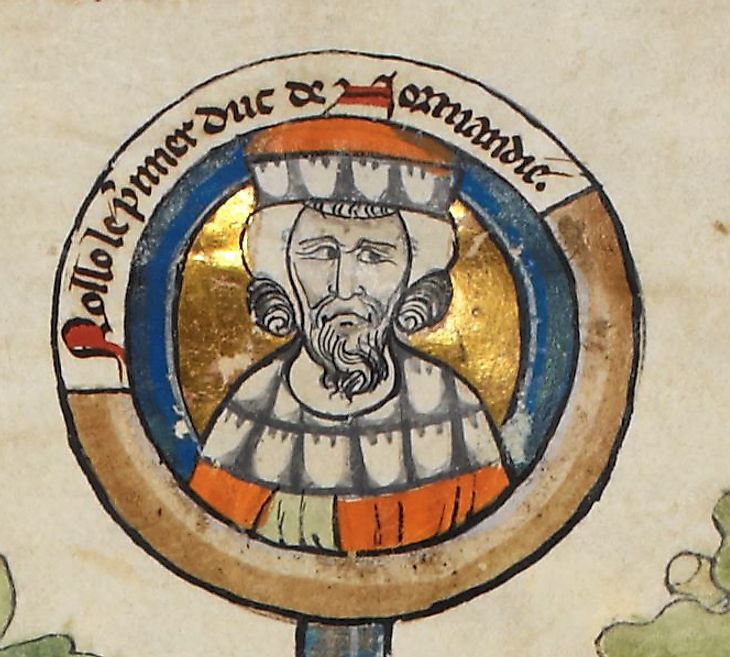
By the beginning of the 11th century, the once mighty Vikings had become much more manageable. Many of their leaders had either converted to Christianity or integrated into the kingdoms they once threatened with invasion. For instance, Normandy, a region in northern France, was gifted to the Viking Rollo in the early 10th century in exchange for his allegiance to the French crown and for renouncing Norse Paganism. William the Conqueror, the great-great-great-grandson of Rollo, would go on to invade and rule over all of England, something that even his Viking ancestors were unable to do. Many town names and words today in the English language also owe their existence to the Vikings.
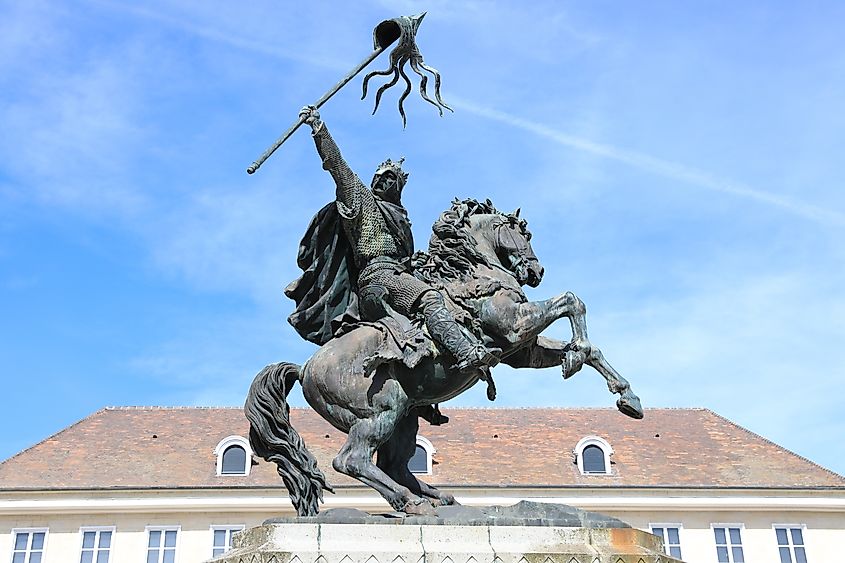
The Vikings were far from the one-dimensional villains they are most often portrayed to be. Despite being ruthless raiders and warriors, they were also daring explorers and cunning merchants. Vanishing almost as quickly as they left, the impact of the Viking Age in Europe can still be seen today in many of the continent's languages and cultures.











